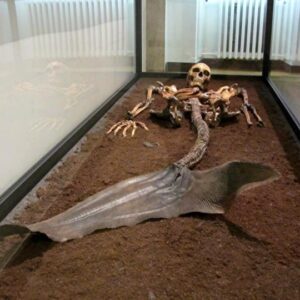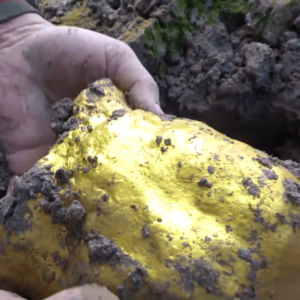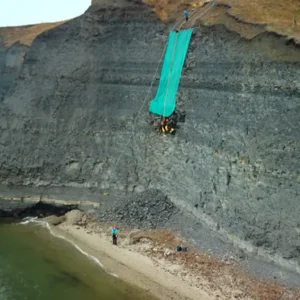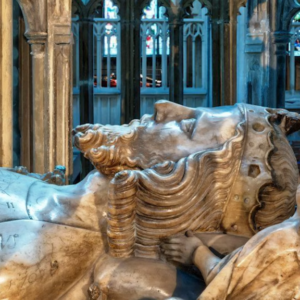New research reveals that nature played a significant role in the creation of the iconic Great Sphinx.
The Great Sphinx of Giza in Egypt, a massive structure carved from a single rock, has long fascinated visitors and experts alike. While many believed that the imposing statue, with its human head and lion’s body, was created by humans during the ancient kingdom of Egypt around 2600 BC, its true origins remained shrouded in mystery.
However, a recent study conducted by scientists from New York University, published in the journal Physical Review Fluids, provides insight into how this extraordinary statue was formed over 4,500 years ago.

The multi-layered body: A puzzle
Traditionally attributed to human craftsmanship, the exact process behind the creation of the multi-layered body of the Sphinx has puzzled researchers for centuries. The new study challenges this notion, suggesting that erosion played a crucial role in the statue’s formation.
The researchers said their experiment indicates a plausible “origin story” for the formation of Sphinx-like structures through erosion, explained the senior author of the study, Leif Ristroph. He said that surprisingly, sphinx-like formations can indeed result from materials eroded by fast-flowing substances.
These findings not only emphasize the influence of nature in the sculpture’s creation but also suggest that the unique rock formations may have inspired the ancient Egyptians to transform them into the lion-headed figure.
Ristroph and his team further noted that these results shed light on the natural phenomena encountered by ancient peoples in the Egyptian deserts and offer insight into why they envisioned such a fantastic creature.
To test their hypothesis, the researchers closely examined how wind shapes and affects unusual rock formations known as yardangs. These low ridges, carved by wind in flat deserts, served as the basis for their experiments. By using mounds of soft clay infused with a harder, less erodible material to replicate the surface found in northeastern Egypt, the team simulated wind erosion by subjecting the formations to a high-speed stream of water.
The result was a clay structure remarkably resembling a sphinx, potentially serving as a foundation for subsequent human sculpture.
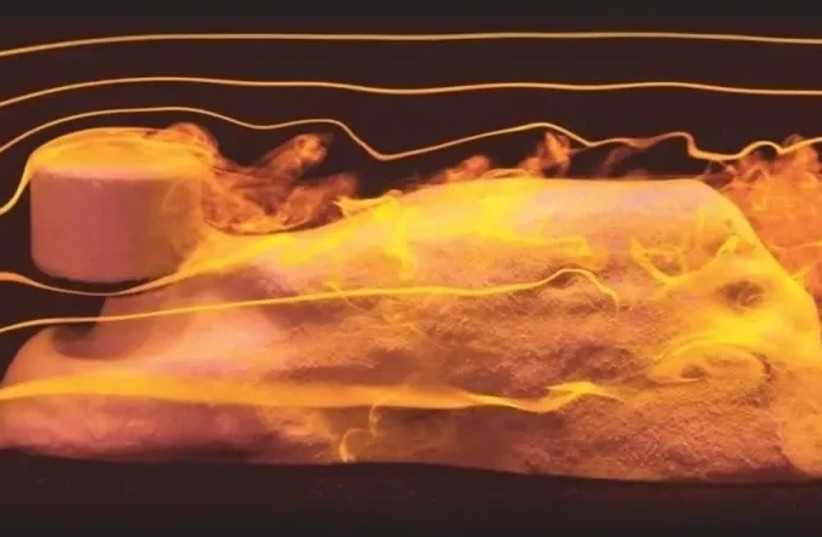
Theory: Great Sphinx formed through wind erosion
The experiment supports a theory originally proposed in 1981 by geologist Farouk Al-Baz, who suggested that the Great Sphinx was naturally formed through wind erosion. NYU’s recreation of the yardang structure included “a lion’s head, a slender neck, paws resting on the ground, and an arched back.”
Ristroph added that around the world, there are existing yardangs that already resemble animals in a sitting or lying position, further validating our conclusions.
He also highlighted the geological significance of their work, as it reveals the diverse factors that shape rock formations and disproves the notion of their homogeneity or uniform composition.
The unexpected shapes of rocks are influenced by the drift and flow, impacting the harder and softer sections of the rock, he explained.


